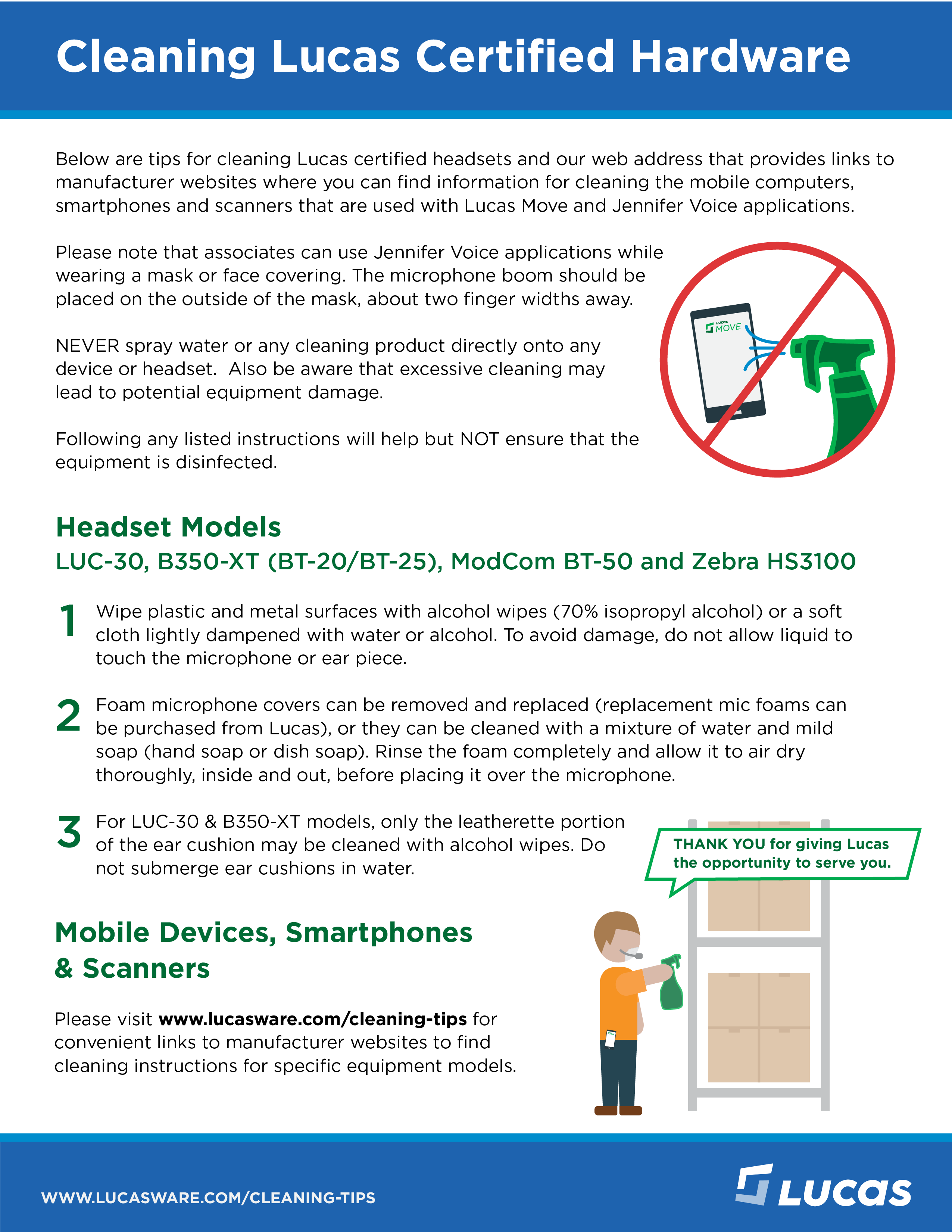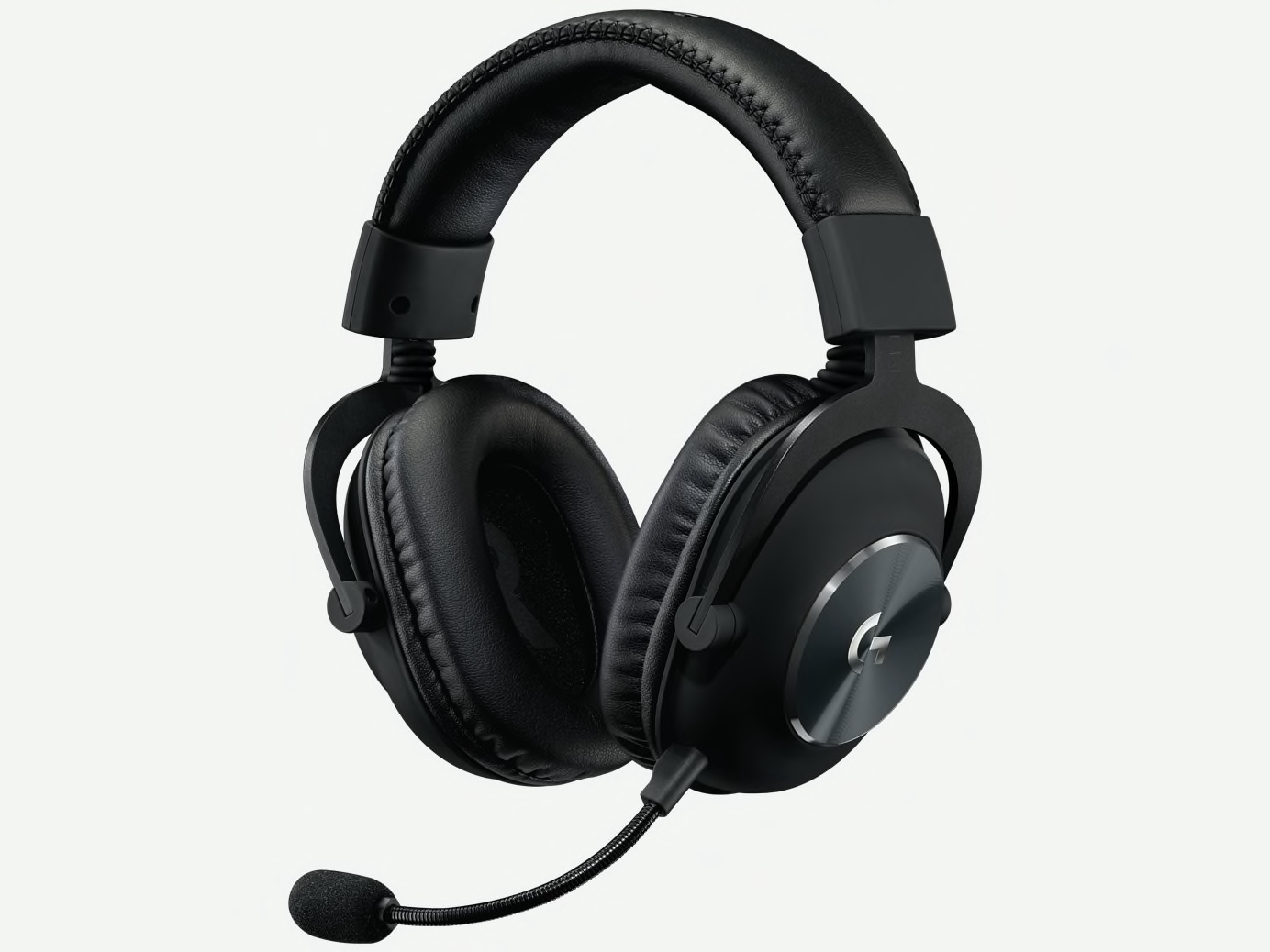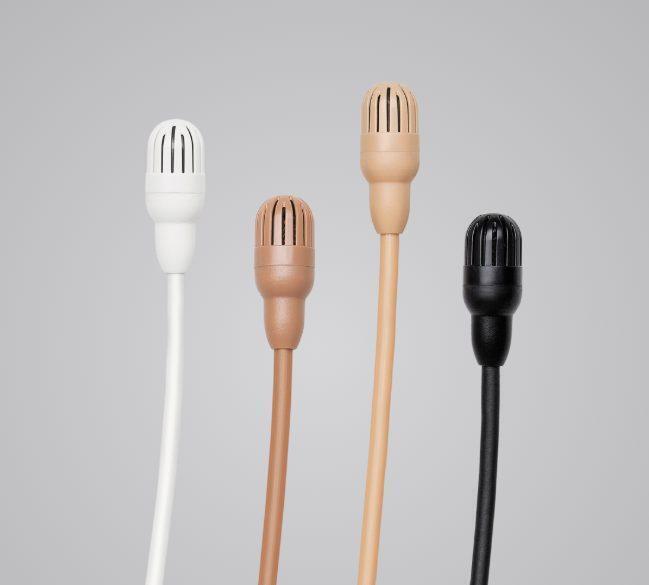How To Clean Headset Microphone Foam

To disinfect microphones you can also use UV.
How to clean headset microphone foam. Moderate heat of up to 60C140F may be applied for faster drying. Foam windscreens To clean foam windscreens both large and small remove them from the mics and wash them gently with warm water and soap. But microphones--especially those used for close-range speech or vocal recording--require special care to avoid carrying the virus from one user to.
The procedures outlined above are guidelines but might not. Your mics should come with caps to protect the actually mic inside which go on the end of the mic. Only warm water or hydrogen peroxide should be used to clean external foam windscreens.
Isopropyl alcohol and Lysol disinfectant spray will cause color to leech from the windscreen. Small foam windscreens are delicate by nature and will degrade more easily over time. Spray or dip the entire metal grill in a solution of 70 isopropyl alcohol.
Theres a final step to keep that clean on your mic. Use a Dedicated Microphone or Headset. Dont squeeze since that just hastens the foams decay.
Sanitizing involves popping the body apart on handheld microphones pulling off the microphone grill and windscreen applying some kind of sanitizing agent quite a bit stronger than just hard water and dishwashing liquid and then giving your microphone plenty of time to dry. Wash the AirWeave or mesh with warm soapy water and allow to airdry completely before reattaching the foam. You dont want to catch COVID-19 but your headsets microphone doesnt.
This applies to all headsets clips and booms grids adapters and grids. Use a brush to clean any grit lipstick etc. This will allow the foam to absorb the warm water and effectively become disinfected.


















